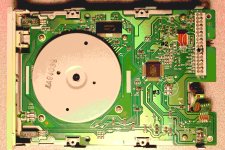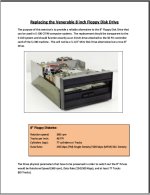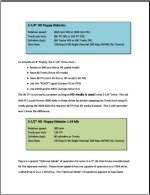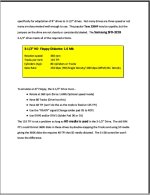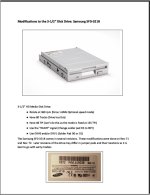I will check the ZFDC jumper settings I am using and post them here.
It sounds like you are running the floppy drive diagnostics provided within the "IBM PC BIOS TEST MENU" provided within the v10.33 monitor ROM. Have you previously used your ZFDC board with CP/M, and run the 8-bit ZFDCDIAG.COM utility to check out the board?
With regard to running MSDOS on your system:
Although you did not mention it, I assume you also have John Monahan's S100 "MSDOS Support Board" in your system - in addition to the boards you listed this board is required to be able to boot and run MSDOS.
The quickest and most reliable way to get you system up and running is to use a PC and a CF card reader to copy a bootable image of MSDOS 4.01 to a CF card. You can then boot MSDOS from that CF card (installed in the Drive B slot of the dual CF/IDE board) from the x86 monitor. You can find the CF card image file near the bottom of this page, and instructions for copying that file to a CF card are found near the top of this page:
S100 Computers Home Page
www.s100computers.com
As I mentioned previously, the ROM BIOS (included in the v10.33 monitor you are already using) is designed to support the ZFDC floppy controller.

